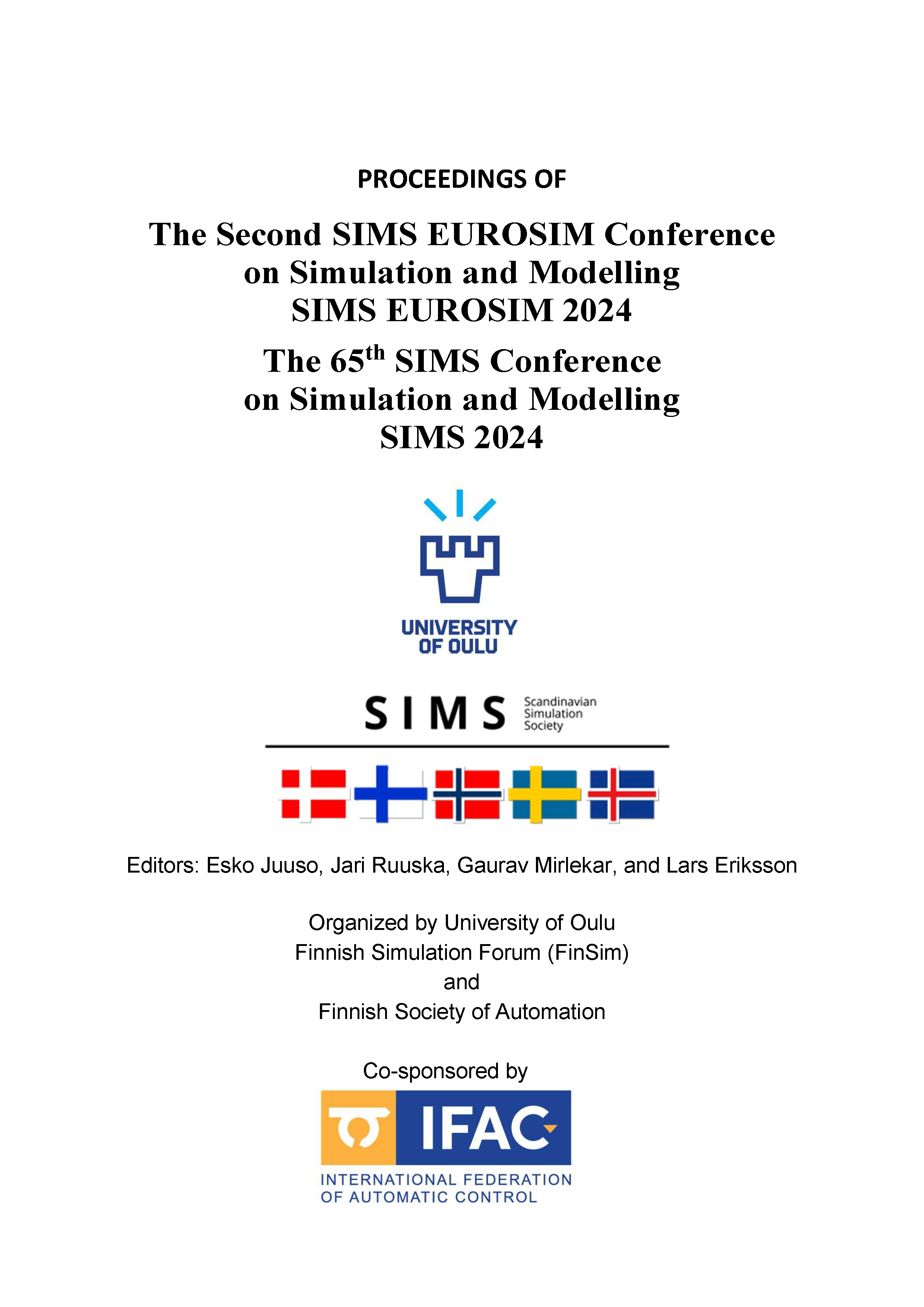Performance Analysis of Advanced Wells in Reservoirs Using CO2 Enhanced Oil Recovery
DOI:
https://doi.org/10.3384/ecp212.019Keywords:
CO2-EORCarbon capture utilization and storageAutonomous Inflow Control ValveAdvanced wellsMiscible injectionWAGAbstract
Oil and gas will remain an important source of energy for years and it is crucial to improve oil recovery with less carbon footprint. Carbon capture utilization and storage offers a potential solution to mitigate the effects of anthropogenic CO2. The captured CO2 can be utilized to enhanced oil recovery (EOR) and is injected into the oil fields for storage and/or EOR. However, the injected CO2 can be reproduced without contributing to EOR. This is due to the breakthrough of CO2 into the well. Also, the corrosive mixture of CO2 and water can be produced from the production well. This may cause damages to the pipeline and process equipment on the platform. Autonomous inflow control valves (AICVs) can mitigate these problems. They may reduce or stop the reproduction of CO2 from the zones with CO2 breakthrough and reduce the production of mixture of CO2 and water. The main objective of this study is modelling and simulation of oil production in a heterogenous reservoir using CO2-EOR in combination with AICVs. The outcome of numerical simulations is analyzed to study the effect of various parameters on oil recovery. In addition, the impact of AICVs on EOR is assessed against perforated casing completion (without AICV). The results demonstrate that oil recovery factor, water cut, and cumulative gas production are better in the wells completed with AICVs than perforated casing completion. This will result into both increased oil production and a better CO2 storage potential.Downloads
Published
2025-01-13
Issue
Section
Papers
License
Copyright (c) 2025 Prakash Bhattarai, Soheila Taghavi Hosnaroundi, Britt M.E. Moldestad

This work is licensed under a Creative Commons Attribution 4.0 International License.

